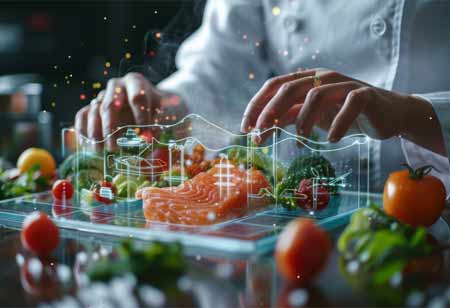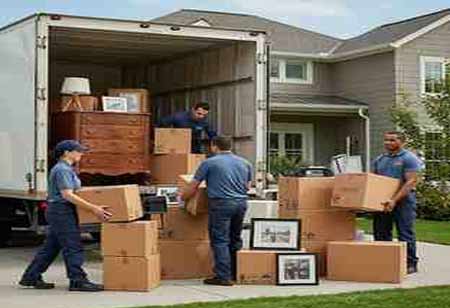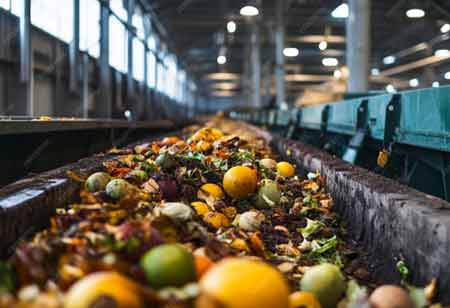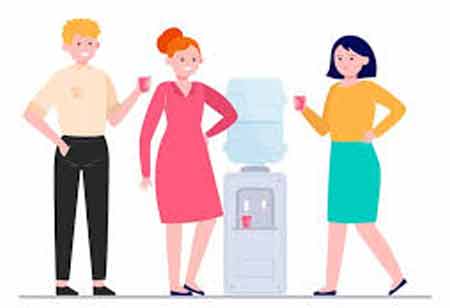THANK YOU FOR SUBSCRIBING
Be first to read the latest tech news, Industry Leader's Insights, and CIO interviews of medium and large enterprises exclusively from Food and Beverage Tech Review
How Food Processors Can Employ Robots To Enhance Processes
The meat application, thus, emphasizes beef carcass butchering rather than making cuts for retail sales. The driving force in this application is worker safety.
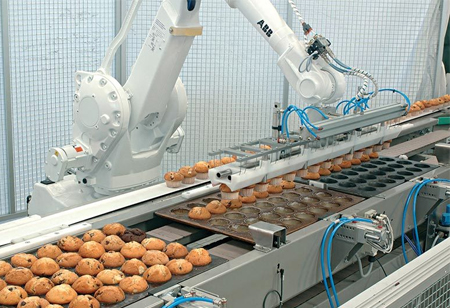
By
Food and Beverages Tech Review | Tuesday, December 15, 2020
Stay ahead of the industry with exclusive feature stories on the top companies, expert insights and the latest news delivered straight to your inbox. Subscribe today.
The meat application, thus, emphasizes beef carcass butchering rather than making cuts for retail sales. The driving force in this application is worker safety.
FREMONT, CA: Specially built robotic machines have progressed to fill many niches. Any machine automation may be considered robotic, but the question remains, how are robots used in the food sector, and what does the future hold for the industry? Below is how.
Agriculture
Robotics are used for two fundamental agricultural applications, growing, and harvesting. Some farmers are now adopting robotics sensors to administer different variables essential to productive food production. The sensors may be utilized to monitor parameters such as soil moisture, soil acidity, and temperature. With more farmers implementing drip irrigation technology, the sensors can be linked to the system to deliver nutrients and water as needed. These systems are intended to ensure more efficient operations.
The sensors may be utilized to monitor parameters such as soil moisture, soil acidity, and temperature. With more farmers implementing drip irrigation technology, the sensors can be linked to the system to deliver nutrients and water as needed. These systems are intended to ensure more efficient operations.
Growers have employed mechanical harvesting systems for many years. This facet can be considered for robotics applications. Mechanical harvesters have definite drawbacks in that they may gather nonfood items, foreign materials that come in with automatically harvested products, including snakes, metal, glass, stones, and many others. Processors purchasing mechanically harvested material should install systems like air blowers, magnets, and float tanks, to catch contaminates.
Food Processing Applications
Among the present applications for robotics in food processing are sorting, meat processing, food handling (particularly vegetables, fruits, and leafy greens), and specific applications, like cake decorating. Meat processing is a fascinating application in which meat is extremely variable in shape, size, marbling, and fat distribution. The meat application, thus, emphasizes beef carcass butchering rather than making cuts for retail sales. The driving force in this application is worker safety. The human struggle involved in butchering carcasses is substantial, and the tools desired are potentially hazardous. Butchers work in a cold setting and should wear the appropriate garments to keep warm and essential personal protective gear to protect themselves from injury.
Check out: Top Food and Beverages Consulting/Service Companies
I agree We use cookies on this website to enhance your user experience. By clicking any link on this page you are giving your consent for us to set cookies. More info



